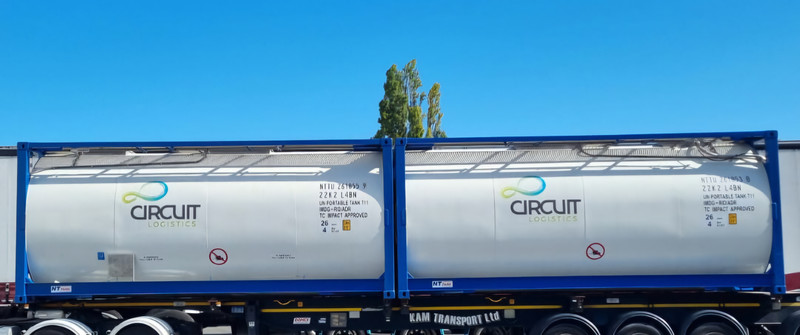The ISO tank container industry has grown by 3.96% in 2024
The ITCO Survey reveals that the tank container industry has grown by 3.96% in 2024, a decrease from the 5.81% growth seen in 2023.
After years of rapid growth between 2018 and 2023, the industry's expansion has slowed in the last two years. The surge in demand for new tank containers in 2021 and 2022 was largely driven by disruptions caused by the Covid-19 pandemic. As supply chains normalized in 2023, the tank container industry has been affected by challenges in the chemical sector over the past two years.
In 2024, the European chemical industry continued to struggle, following a decline in previous years. High energy and feedstock costs, along with increased regulatory expenses and weak demand, led to reduced production. Reports show a 6.6% decline in European chemical production in 2023, with a modest 1.9% growth projected for 2024. Many major chemical producers in Europe announced plant closures and downsizing to manage financial difficulties.
On the other hand, North America's chemical industry, particularly in the U.S., showed resilience and growth in 2024. After a 0.6% contraction in 2023 due to high inflation and tight monetary policies, the sector rebounded with 3% growth in 2024, and a similar increase is expected for 2025.
Asia, led by China and India, remained a key player in the global chemical market but faced challenges such as overcapacity in China, which resulted in increased competition and consolidation efforts among producers. The global oversupply of petrochemicals led companies to shut down older plants, sell assets, and seek cheaper raw materials to stay profitable.
According to the ITCO Survey of the Global Tank Container Market, 42,123 tanks were produced in 2024, while 8,500 were disposed of. This resulted in the addition of 33,620 tank containers to the fleet, compared to 46,600 in the previous year. As of January 1, 2025, the global tank container fleet is estimated to have 882,023 units, up from 848,400 on January 1, 2024, marking a 3.96% increase. While the demand for new tank containers has fallen by over 25%, there was a significant rise in the production of standard box containers, more than doubling the previous year's figures, marking a record year for dry freight container production.

